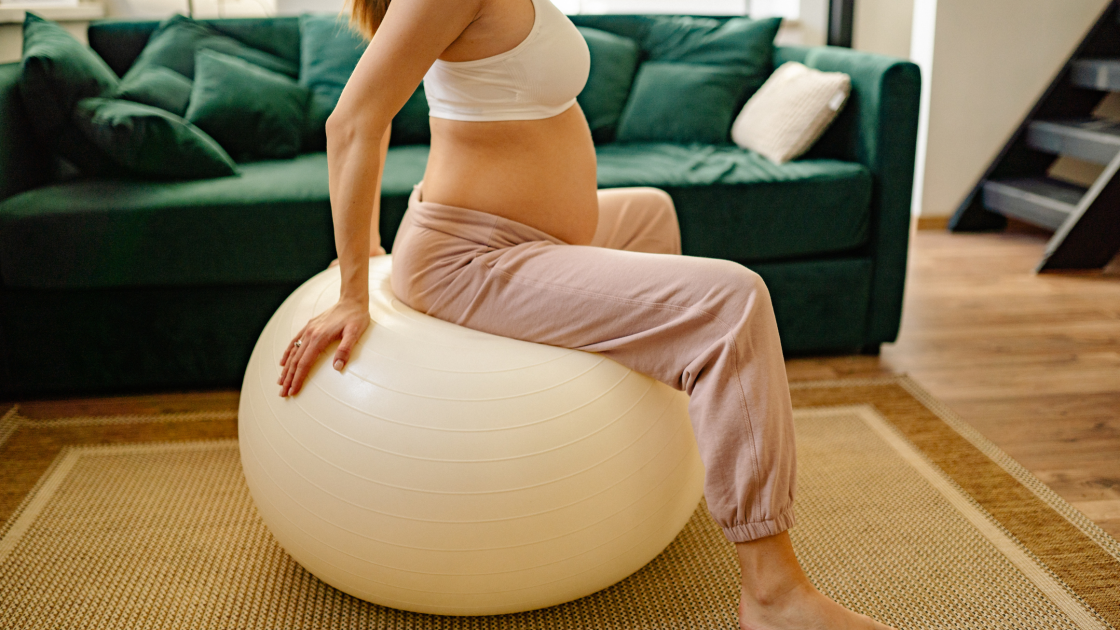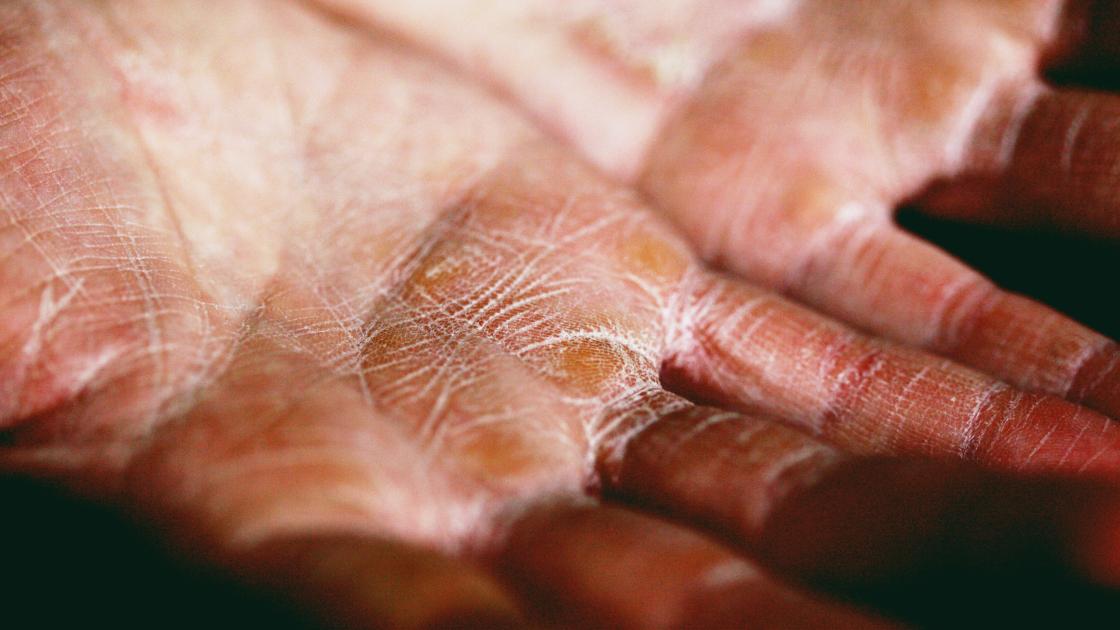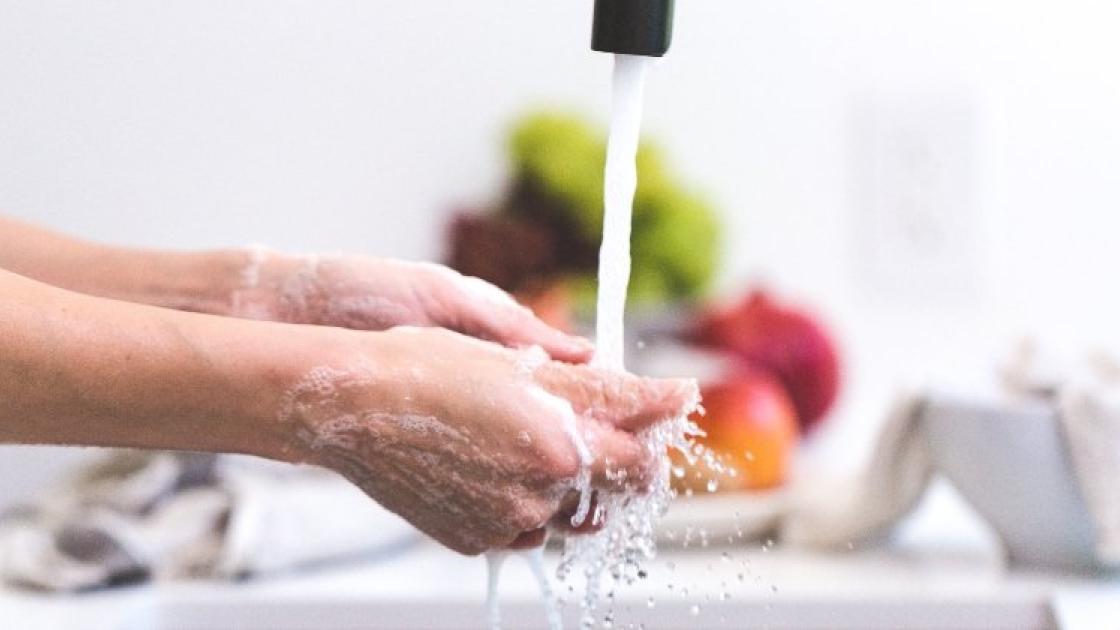
Why a strong pelvic floor matters in pregnancy
While most pregnant women focus on prenatal vitamins, balanced diets and avoiding alcohol, many overlook a critical part of their health: their pelvic floor.
What is the pelvic floor?
The pelvic floor is a group of muscles from the pubic bone to the tailbone that supports your pelvic organs. A well-functioning pelvic floor lets you go to the bathroom and hold back urine or gas. While the muscles’ range of motion is small, it can lift, squeeze, contract and relax.
When the pelvic floor becomes weakened, it can lead to urinary stress incontinence, decreased sensation during sex or even pelvic floor prolapse.
How pregnancy affects the pelvic floor
The pelvic floor helps support a growing baby during pregnancy and stretches to allow delivery. Unfortunately, pregnancy affects the pelvic floor in several ways that can cause it to weaken.
- Increased strain: With the growing baby, enlarged uterus and amniotic fluid, your pelvic floor has to support increased weight, which puts more pressure on the muscles.
- Hormonal changes: Pregnancy hormones soften the muscles and ligaments, making it even harder to support the increased weight. It can also cause the pelvis to be less stable.
- Constipation: The weaker pelvic floor muscles can make it harder to pass stool, further weakening the pelvic floor.
A healthy pelvic floor makes labor and delivery less risky for you and your baby. It also helps speed up recovery after childbirth.
Pregnancy problems due to a weak pelvic floor
Some studies seem to show that a weak pelvic floor can increase a woman’s risk for early labor and could play a role in recurrent miscarriages. Since many factors play into each, more research is needed to determine how much pelvic floor problems contribute to the conditions.
How to keep your pelvic floor healthy in pregnancy
While the extra physical demands and hormones associated with pregnancy will put stress on your pelvic floor, there are things you can do to counteract their effect.
- Maintain a healthy weight throughout your pregnancy
- Talk to your OB-GYN about safe pelvic floor exercises you can do, such as pelvic tilts, bridges and Kegel exercises
- Plan plenty of recovery time after exercise
- Avoid exercise or activities that add pressure on your abdomen, especially in the second and third trimesters
Ongoing pelvic floor problems after pregnancy
Even after your pregnancy, pelvic floor problems can persist.
According to a nine-year National Institute of Health study, the risk of pelvic floor disorder after pregnancy strongly correlates to the method of delivery. The study found women who had a cesarean section (c-section) with their first pregnancy had half the risk of stress urinary incontinence and overactive bladder than those who had a vaginal birth. Additionally, the risk of pelvic organ prolapse was 70 percent lower for those who had c-sections.
Pelvic floor exercises after pregnancy are important for your long-term health and recovery. Generally, you can start them a few days after giving birth with your doctor’s approval.
For more information on protecting your pelvic floor during pregnancy, contact SIU Medicine today.



